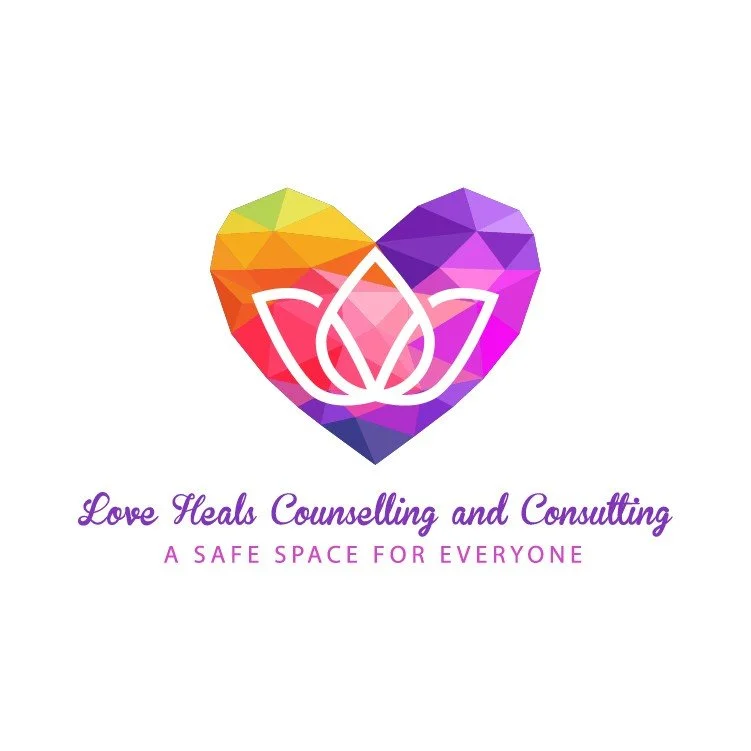Celebration of Pride Month: honouring history of LGBT movement
History
During the 1960s and early 1970s, the literature about lesbian, gay, bisexual, and
transgender (LGBT) populations mainly focused on classifying homosexuality as a mental
disorder rather than understanding this marginalized population. In 1961, Illinois became the first
state in the US to abolish its sodomy laws, which decriminalized gay homosexuality. The public
became more aware of and understood the LGBT subculture through the media, news,
documentaries, and publications. Nevertheless, same-sex relationships were still illegal except in
Illinois. Except for that state, bars and restaurants in the US were prohibited from serving alcohol
to known or suspected LGBT individuals to avoid LGBT social gatherings until 1966. On June
28, 1969, the Stonewall Riots, also called the Stonewall Uprising, lasted about six days at the
Stonewall Inn, a private popular gay bar located in New York city’s Greenwich Village. Police
raided the Stonewall Inn, arrested 13 people, including employees and suspected cross-dressing
individuals. A police officer hit a lesbian over the head during the riot as she was forced into the
police van. The lesbian shouted to the angry patrons and neighbors gathered around the
Stonewall Inn for help. The angry crowd reacted by throwing objects at the police. Shortly, the
Stonewall Riots gathered hundreds of people and eventually involved thousands of people who
continued in the area for five more days of protests.
After the Stonewall Riots, the activism of LGBT individuals increased. Many public
figures, including politicians, came out of the closet and increased the visibility of the LGBT
community. The Stonewall Uprising had catalyzed the US gay and lesbian liberation movement
in the US and worldwide. The other revolutionary movements of the 1960s were civil rights,
antiwar, free speech, the New Left, and women’s liberation. Eventually, as the social and
political attitudes about homosexuality shifted, homosexuality as a psychiatric disorder was
removed from the second edition of the Diagnostic and Statistical Manual of Mental Disorders in
1973. During the 1980s, the AIDS crisis occurred, and the gay men’s community became, once
again, the target of discrimination and stigma. Unfortunately, the US government did little to
address the early epidemic. However, there was street activism by gay and lesbian activists to
protest the government’s weak response to the AIDS epidemic. Lesbian, gay, bisexual, and
transgender (LGBT) liberal movements have advocated for LGBT people to obtain equal rights
against discrimination since the Stonewall Uprising. Eventually, in 1992 the International
Classification of Diseases (ICD) removed homosexuality as a mental disorder.
As homosexuality was de-pathologized both in the DSM and ICD, the social construct of
homosexuality as a mental disorder has changed. In 2001, the Netherlands became the first
country to legalize same-sex marriage, followed by Belgium in 2003 and Spain and Canada in
2005. Meanwhile, in Canada, the Federal human rights code protected citizens from
discrimination and harassment, including sexual orientation in 1996 and gender identity and
gender expression in 2017. Provincial and territorial human rights code protection added sexual
orientation from 1977 to 2009 and gender identity from 2002 to 2017. Canada is considered the
most gay-friendly country globally, being ranked among the five safest in Forbes magazine since
2019.
Many experts believe that conversion therapy is a violation of human rights law and is often ineffective, which results in feelings of intense shame, stigma, denial and self-hatred (Wells, 2019). Fortunately, in 2020, a
federal ban on conversion therapy bills was introduced. On Nov 29th, 202, the House of
Commons unanimously passed a ban on conversion therapy. However, social, religious, and
legal contexts continue to discriminate and marginalize sexual and gender minorities (SGM).
Homosexuality is a socially constructed term that has changed across time and is a social
category that “should itself be analyzed, and its relative historical, economic and political base be
scrutinized” (Nardi & Schneider, 1998; as cited in Gamson & Moon, 2004, p.48). The attitude
toward homosexuality depends on the social-cultural construct at a particular time. Social and
political values and systems have made heterosexuality the norm in our society, and people’s
expectations are often implicitly internalized. When individuals find out their sexual orientation
falls outside the norm, they often go through sexual identity formation to explore and accept their
sexual identity. However, the process of sexual identity formation is unique for every person.
Sexuality is unique to each individual and should be respected.

